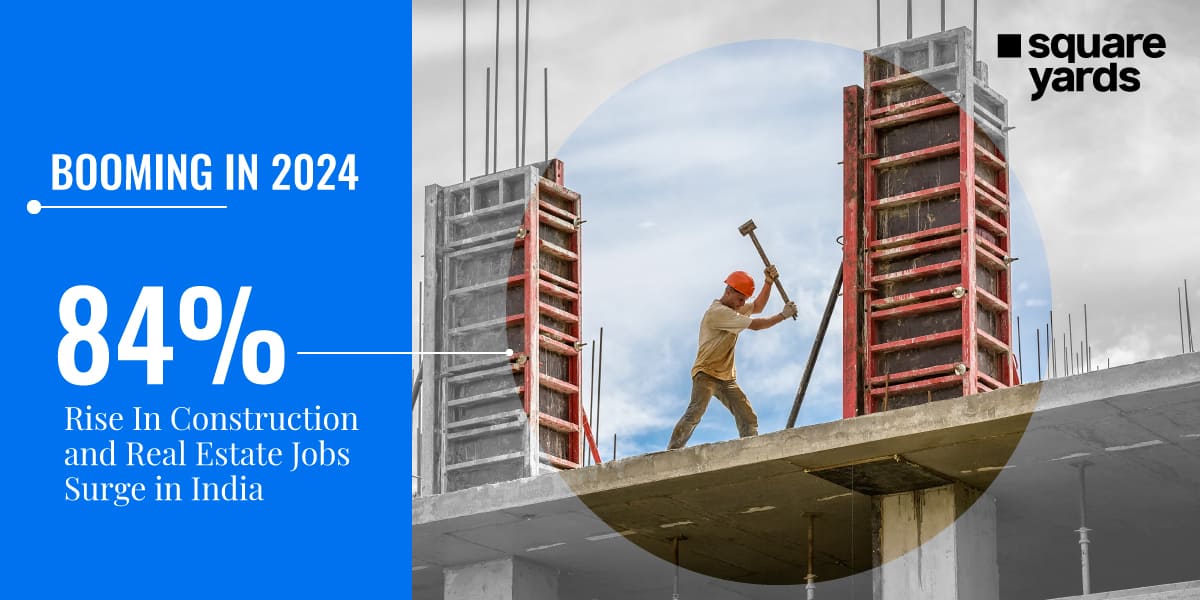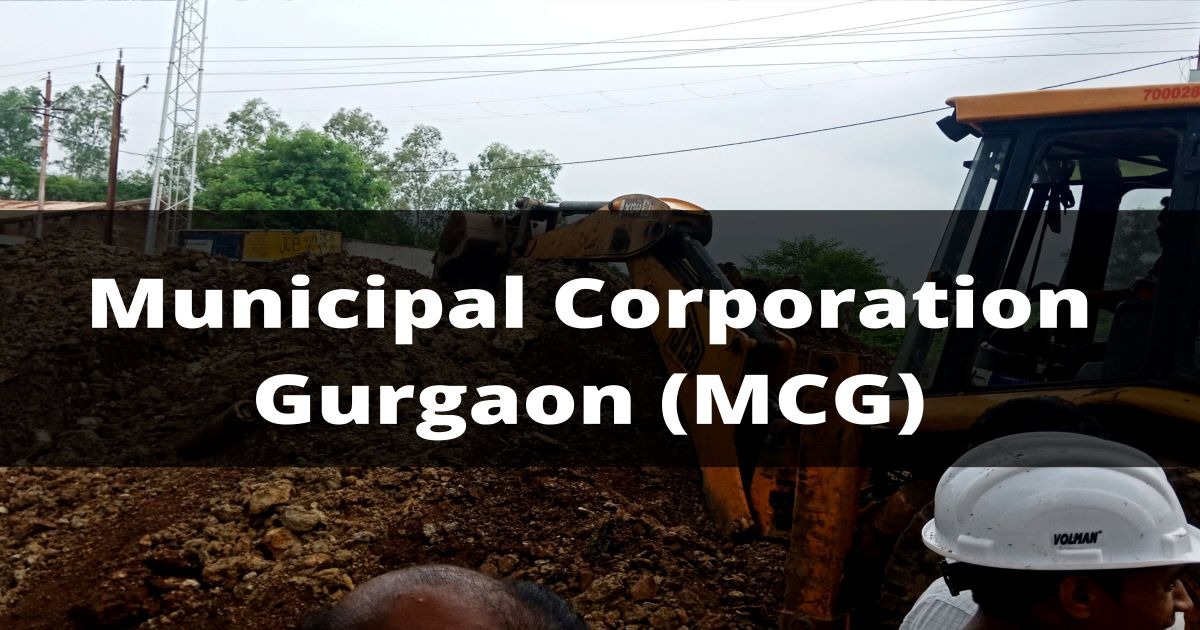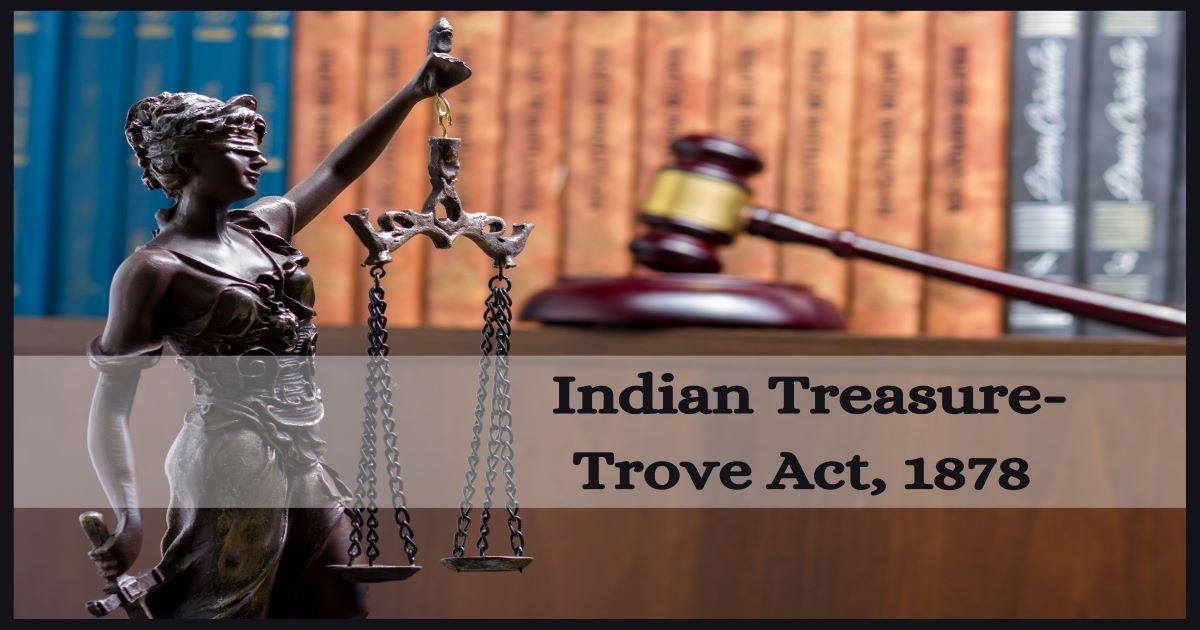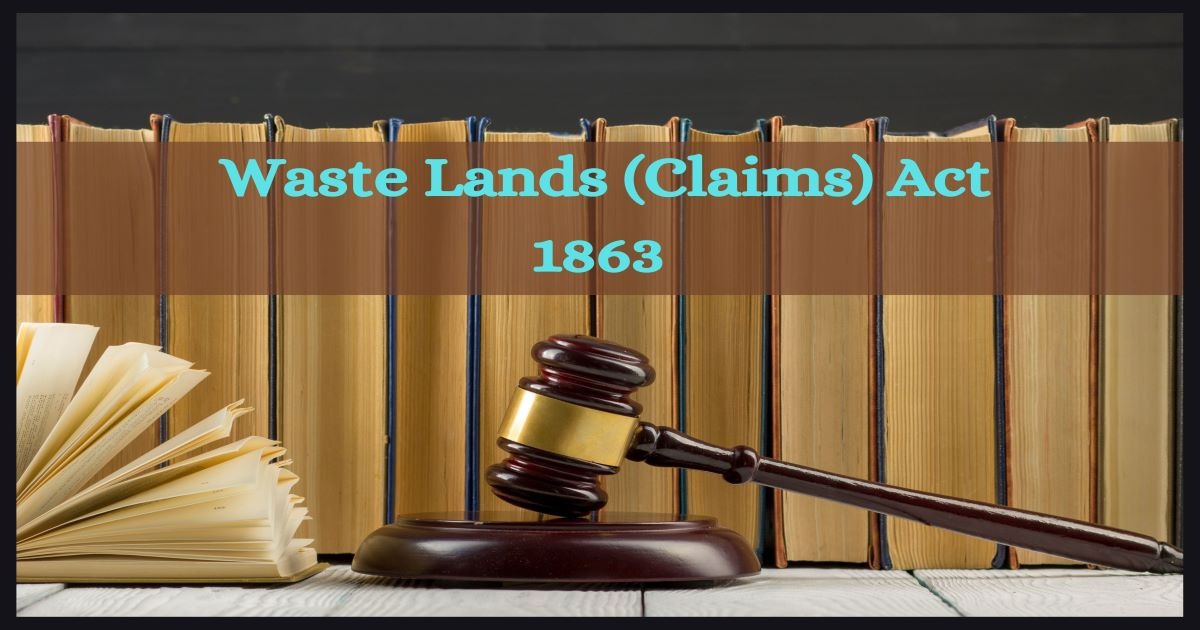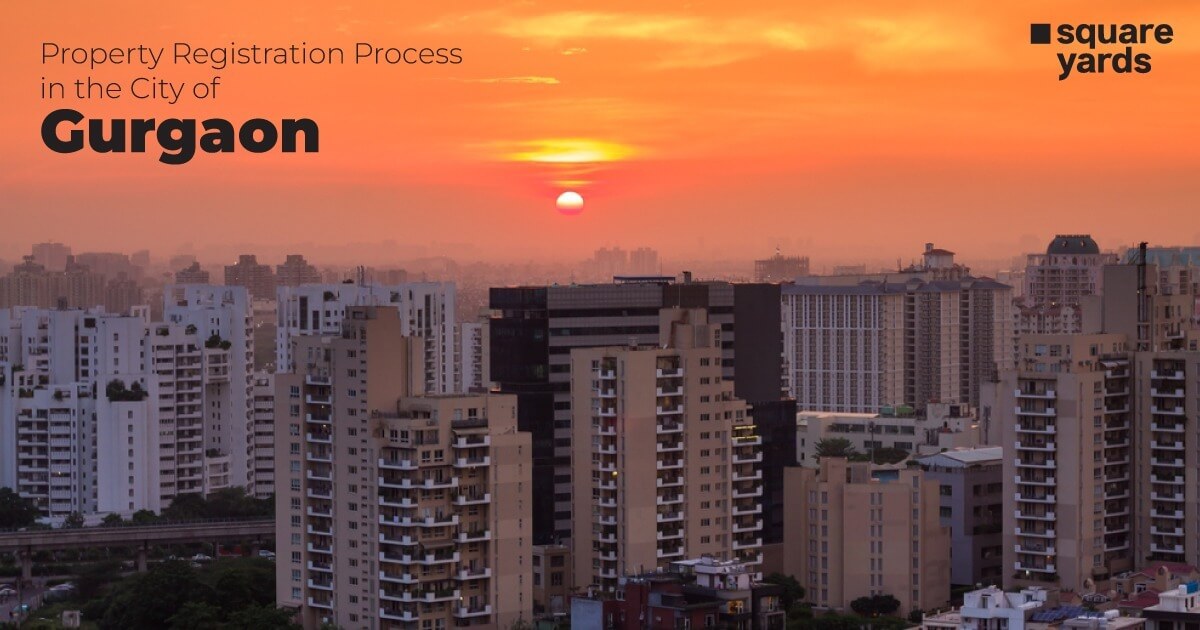GST is considered a huge, revolutionary step in the field of taxes in India. Real Estate and Construction business are two such fields that witnessed some substantial alterations with the introduction of GST. It is not a single payment for a particular construction but is involved in every step in the process. This is the reason why GST has affected both Signature Builders and also New-Coming Builders.
The GST tax is not applied to construction-completed projects, which is why the Stamp Duty and Registration Charges are not at all involved with the GST. Instead, it is applied during the construction process, in the form of GST on Real Estate, GST on Luxury Houses, and GST on Affordable Housing. But this one tax called GST not only plays its role during construction but also in all the fields related to housing, like GST on Rental Houses, GST on Home Loan, GST on Electricity consumed in houses, GST on maintenance charges in Apartments, etc.
Advantages Provided by GST for Builders and Home-Buyers
The major advantage for builders in this enormous tax structure of GST is its Input Tax Credit System (ITC). According to ITC, all the amount of GST paid by builders for the various services received during the construction would be deducted from the overall GST of the building which is a great advantage and money-saving point for the builders and developers.
GST also has great advantages for consumers/home-buyers in the form of NAA and AAR. All the details regarding the GST charged can easily be enquired from the Authority for Advance Rulings (AAR) in the GST Council. This way no builder or developer can cheat the home-buyer by charging excessive money as GST. Whether it’s information about GST on a constructing house or GST on a Failed Land Deal or GST on an Old Property, the AAR would give you complete details if enquired. Similarly, the National Anti-profiteering Authority (NAA) also helps the consumers/home-buyers by examining whether the advantage of ITC availed by the builder has also reached the home-buyer or not.
AAR Gujarat Ruling on GST Maintenance Charge, Gujarat AAR Ruling on GST on Rent
The Gujarat bench of authority, Gujarat AAR plays a major role in constantly updating the GST-related laws for the betterment of the tax structure. AAR Gujarat Ruling has made many changes on aspects like GST on Rent, and also introduced new aspects like GST on One-Time Maintenance Charges collected by builders from home-buyers.
The Change in Tax Structure in Real Estate after GST Implementation
Before GST, several types of taxes have to be paid by builders or developers at various stages of construction. While the Central Government charged many taxes like Service Tax, Central Sales Tax, Excise Duty, Customs Duty, Central Surcharge and Cess on Goods & Services, etc. There were also many taxes issued by the State Government, especially the State Value Added Tax (VAT), Purchase Tax, State Excise Tax, Luxury Tax, a separate State Surcharge, and Cess on Goods & Services, etc.
Amidst the huge sales burdens due to these various taxes, the government of India has introduced the Goods and Services Tax (GST) in the year 2017 to improve the overall investment climate in India. One of the major reasons for the proposal for a common tax, i.e., GST, is to reduce the tax burden on builders, developers, and home buyers, thereby making it affordable for every common man to purchase a house. Hence, post-GST implementation, homebuyers can now purchase houses with only a single tax payment.
Before GST, homebuyers had minimal clarity in the tax payments for constructions as there are various kinds of taxes. Taking this lack of knowledge as an advantage, builders could easily manipulate the buyers to pay extra money in the name of taxes. GST has solved this problem and helped many home buyers feel more safe and secure before purchasing a property.
For which Type of Constructions is GST Applicable?
While the GST is applicable for the services used during the construction of any kind of house, the overall GST for under-construction houses is not applicable in all cases.
- If you are an individual constructing a house for your personal use, then GST is not applicable.
- If you are a builder selling a house or a set of houses only after construction is over and getting the completion certificate, then GST is not applicable.
- But if you are a builder with a project under construction for sale and are taking advance payments from home buyers, then GST is applicable.
- If you are a builder or an individual who is constructing a commercial building with or without taking advance from buyers, the GST is then applicable.
Process of GST Payments on Constructing Houses
As the name suggests, GST is the tax for any kind of goods you purchase and services that you make use of. Hence, a builder has to pay GST for every good purchased and every service used during construction. Goods purchased include cement, steel, marble, granite, bricks, etc. Services include manpower like electricians, architects, plumbers, etc., and services from the municipal corporation and other government bodies. GST is also applied on services taken from companies or organizations, like services taken from an elevator company to fix an elevator in the apartment or a CCTV company, etc. GSTs are applied separately in all these areas during construction.
GST on some of the construction goods during the year of its implementation is Steel – 18%, Cement – 28%, Marble and Granite – 28%, Bricks – 12%, Sand – 5%, etc.
Apart from this, a certain percentage of GST is applied for the overall construction of the building. Builders take this amount from the buyers and pay it to the government.
The advantage in GST Regarding ITC
ITC is one of the unique and advantageous rules in the Indian GST system. GST follows the concept of Reverse Charge Mechanism. Hence, the builder has to pay the money during construction for taking services or buying goods. As a registered builder or developer, Input Tax has to be paid in terms of services provided by goods transporters, services provided by a person in a non-taxable area, legal services provided by an individual or a firm, services offered by the government and local authorities, etc. In a nutshell, all the taxes during the construction of property come under Input Tax.
On the other hand, as discussed earlier, there is also a final GST to be paid on the property after completing the construction. But the key advantage is, during the payment of final GST, the Input Tax amount can be claimed, thereby only paying the difference in amount between Input Tax and Final GST. This concept of claiming back money is called Input Tax Credit (ITC).
For example, consider a builder has to pay a GST of 70K after the completion of construction, but he/she has already paid a whole sum of 50K for GST on the sand, bricks, and various other goods and services. Hence, in this case, the post-construction GST paid by the builder will only be 20K as the Input Tax of 50K could be claimed back by him.
GST on Renting Properties
- If a place is rented for residential purposes, then GST is not applicable.
- If it is a place rented for commercial purposes with rent less than 20 lakhs per year, then GST is not applicable.
- However, if the property is leased for commercial purposes with a rent of more than 20 lakhs per year, then GST has to be paid. This is because rent is treated as a supply of service in such properties.
Since the landlords are the ones providing the service, they have to first register themselves under GST. And then, the landlords have to collect the additional tax amount from the tenants and pay it to the government. A GST of 18% is charged on such properties where GST is applicable.
The 20-lakh limit is the latest substitution where earlier it used to be 10 lakhs. This amendment into 20 lakh per annum limit helped many, as all the tenants and landlords below 20 lakh per year rents are excluded from the tax payment.
GST on Under Construction Property in 2017 Vs GST in 2021
The percentage of tax to be paid after the implementation of GST was 18%. Out of this, the builder had to pay only 12% with Input Tax Credit (ITC). The remaining 6% (18% – 12% = 16%) was exempted under cost of land. This means the land being transferred from builder to buyer is valued at 6%, and since land cost does not come under Goods & Services, GST was not applied. Hence, 12% with ITC was the GST for Under Construction Properties starting from the year 2017.
A new law has been passed, and the GST rates have been updated on April 1, 2019. Starting from then, the GST rate was changed to 7.5% without Input Tax Credit (ITC). After deduction of 2.5% as land cost, the effective rate is 5% without ITC. This is the current rate that is still being followed.
GST for Affordable Houses Vs GST for Non-Affordable or Luxury Houses
For the Indian Government to achieve its goal of “Housing for All”, it has divided the houses for sale into 2 different types:
- Affordable Houses
- Non-Affordable or Luxury Houses
According to the Government rules, any house with a carpet area of less than or equal to 60 square meters and costs up to 45 lakhs is considered an affordable house. The GST rates on affordable houses have been reduced as compared to the non-affordable ones. This reduction is solely to let the low-income people buy a house of their own. This change in GST for affordable houses started in February 2018. Before that, the GST used to be 12% with ITC, just like the affordable houses. From February 2018, the GST has been changed to 8% with ITC. And at present, the GST for affordable houses is 1% without Input Tax Credit (this has been effective since April 1, 2019).
Thus, the current GST rates are:
- For Affordable Residential Apartments – 1% without Input Tax Credit (1.5% if land cost is included)
- For Non-Affordable Residential Apartments – 5% without Input Tax Credit (7.5% if land cost is included)
- For Commercial Properties – 12% with Input Tax Credit (18% if land cost is included)
- For Commercial Properties with Special Exemptions – 5% without Input Tax Credit (7.5% if land cost is included).
GST Rules for Maintenance Fees in Apartments
GST is also applicable to the maintenance fee collected in apartments. In every apartment, there is going to be a certain amount of maintenance fee that is collected every month to manage the expenses in the common areas of the apartments. In huge apartments and multiple floors, there will also be owners associations who are going to take care of this fee processing. This is a compulsory fee that has to be paid. Even while renting the house, the landlords would strictly include the maintenance fee in the lease or rent agreements. GST is applied to the whole sum collected from all the houses.
However, GST is not applicable for all apartments and flats. 2 conditions have to be satisfied for GST to be applicable. They are:
- The owner or tenant of every house should pay a maintenance fee of more than 7,500
- The annual turnover of the RWA collected is higher than 20 lakhs
If the above 2 conditions are satisfied, then a GST of 18% is applicable on the total sum collected as maintenance. The 18% GST is applied on just 7,500 per house (be it 9,000 or 12,000, etc.)
Authority of Advance Ruling (AAR) under GST
If a builder has no idea about the approximate amount that they have to pay under GST or if the builder wishes to know an estimation on the amounts he has to pay for taxes, then the builder can get all such information from Advanced Tax Ruling.
As an individual or as a cooperation, the builder or developer can submit a request to the authority of advance ruling before starting the project. AAR authorities would then give a written decision regarding all the queries asked by the applicant.
GST on Home Loan
Since a home loan is a loan provided by banks for buying a house, it does come under any service. And since GST is the tax paid for goods and services, GST is not applicable on home loans. However, GST applies to the lenders of the home loan. 18% GST is applied for the “service” they are providing.
Possible Steps that can be taken to Improve Real Estate in the Pandemic
Due to the covid-19 pandemic, all construction businesses have to be left on hold. Home-buyers are not coming forward to give advance payments, and builders are not able to continue with the projects that were in pipeline.
The current GST rate is 5% for non-affordable houses and 1% for affordable houses. This can be considered as the highest that the government can reduce. Further lowering of GST rates on the overall property is not practically possible. But, the real-state should be given a boost of any sort to come back into form. Therefore, experts suggest that, since overall GST rates can’t be reduced, a reduction in the GST rates on all the services would be a significant boost. If the GST on the sand, bricks, tiles, cement, granite, etc., is reduced, the builders or developers can revive their businesses back, and the investors would also come forward for making further investments.
You Might Also Like
Frequently Asked Questions (FAQ’s)
What is GST?
GST is an indirect tax used in India on the supply of Goods and Services. It is under implementation by the Government of India since 1st July 2017.
Should we pay GST while buying an entirely constructed house?
No. GST is not applicable on houses where the construction certificate is already received.
What taxes are subsumed under GST?
Many central and state taxes have been subsumed, mainly Value Added Tax (VAT) and Service Tax.
What taxes are not subsumed under GST?
Stamp duty and registration charges, taxes on electricity bills, etc.
How much are the current GST rates for an under-construction house?
1% for affordable houses and 5% for non-affordable houses.















